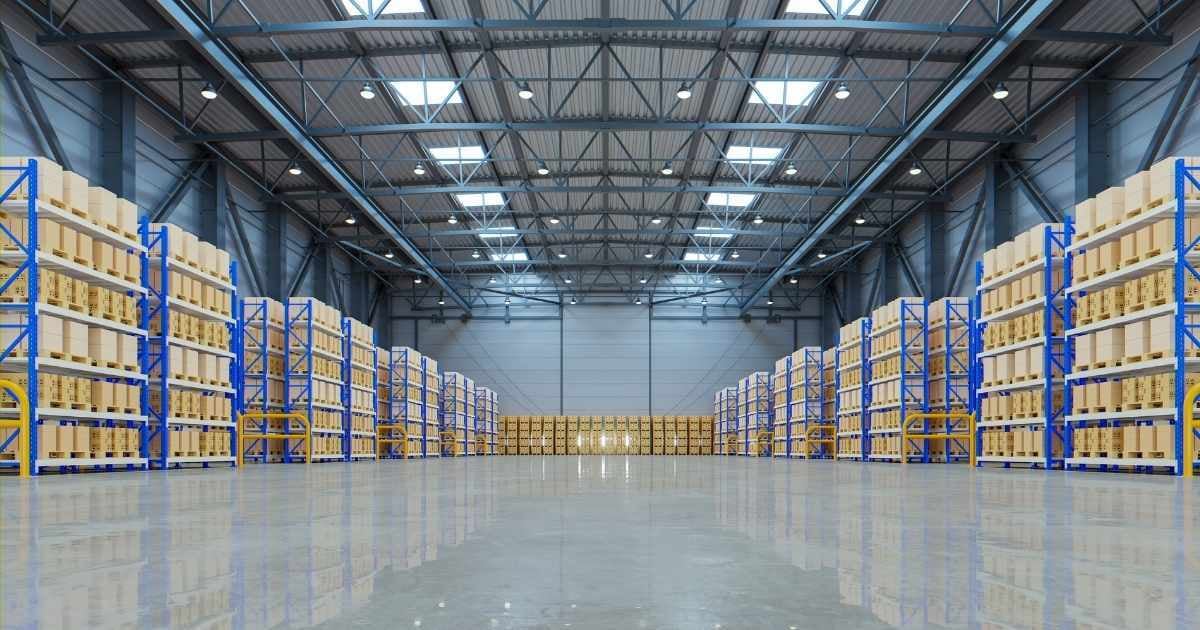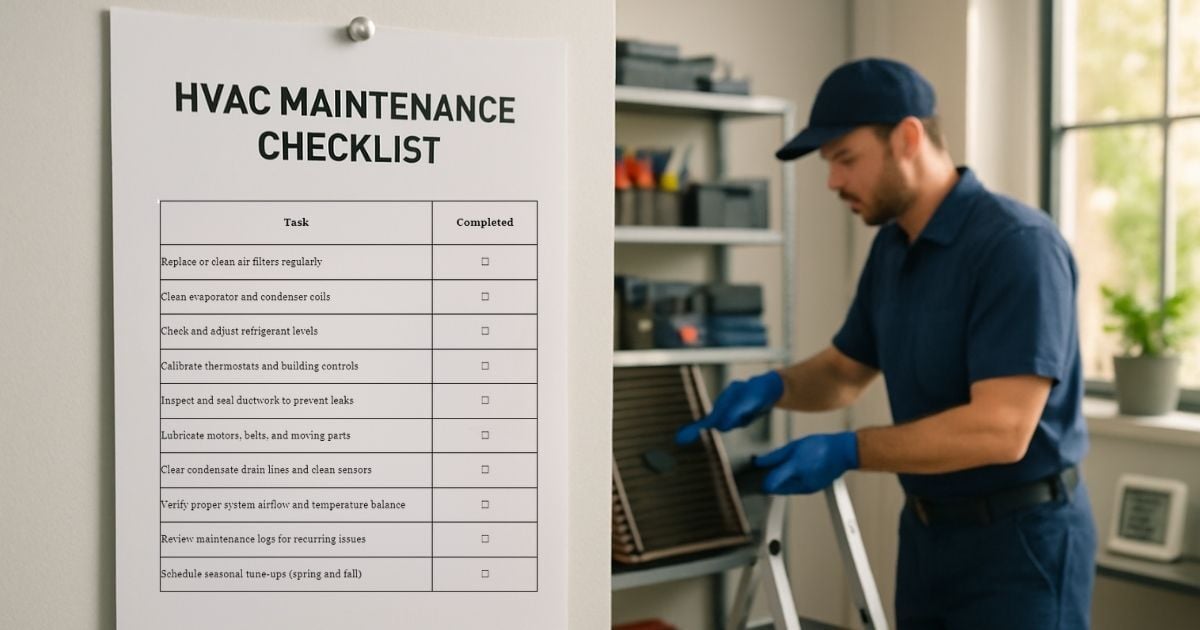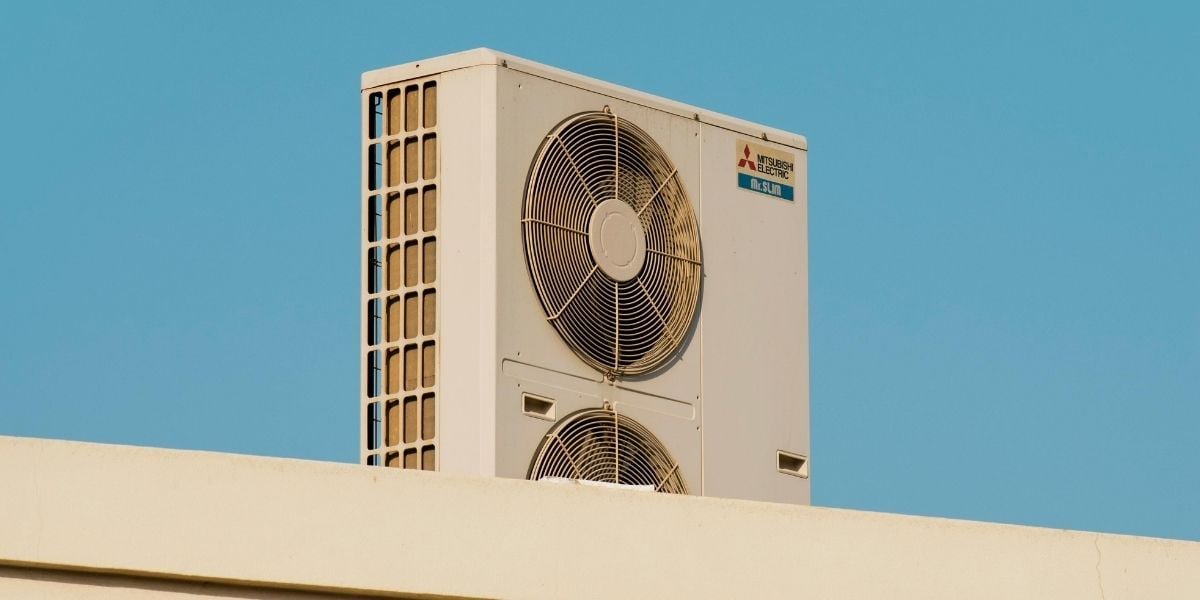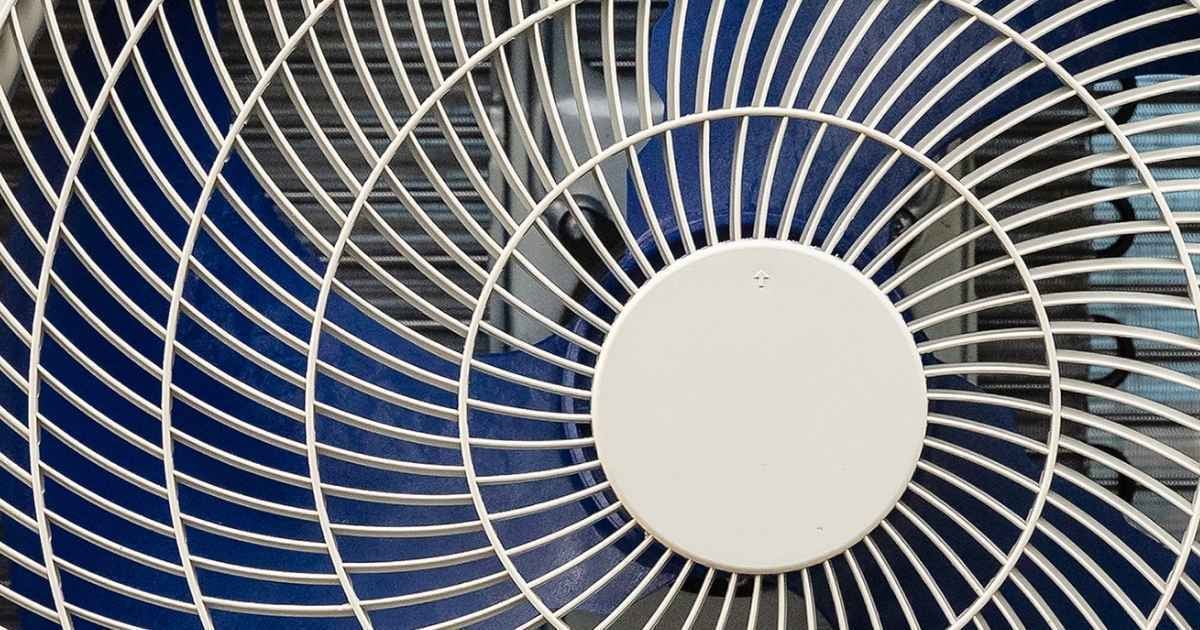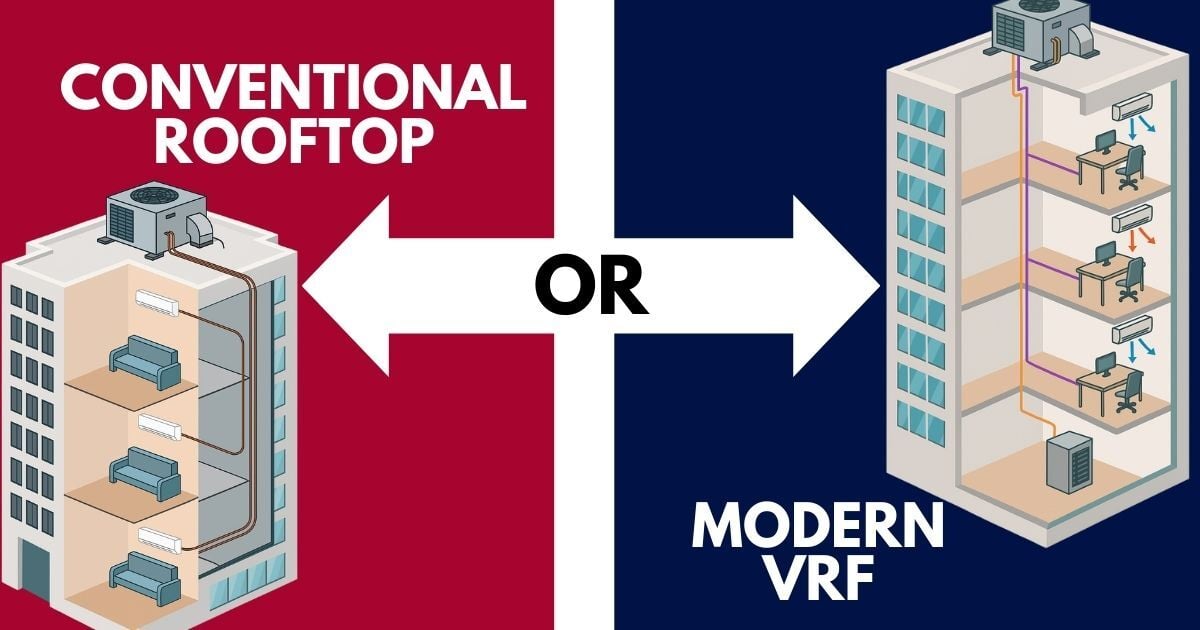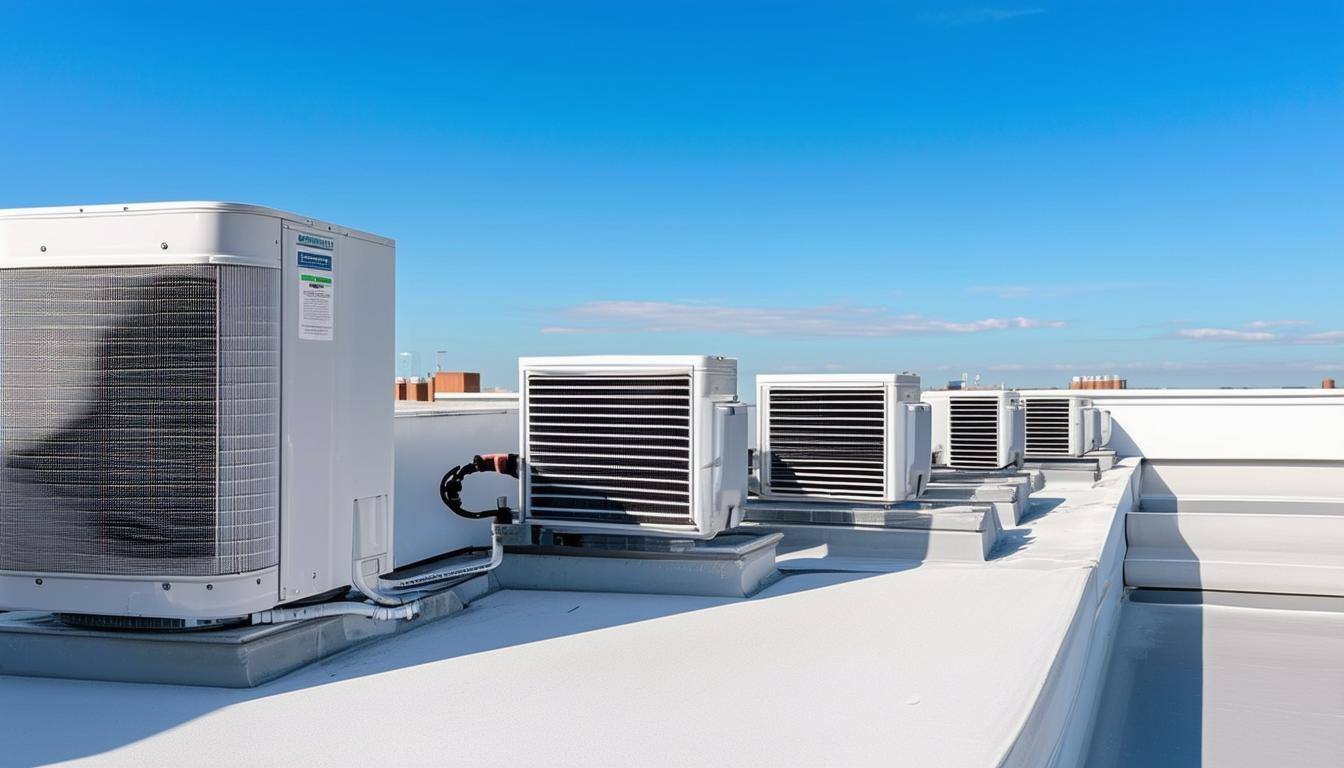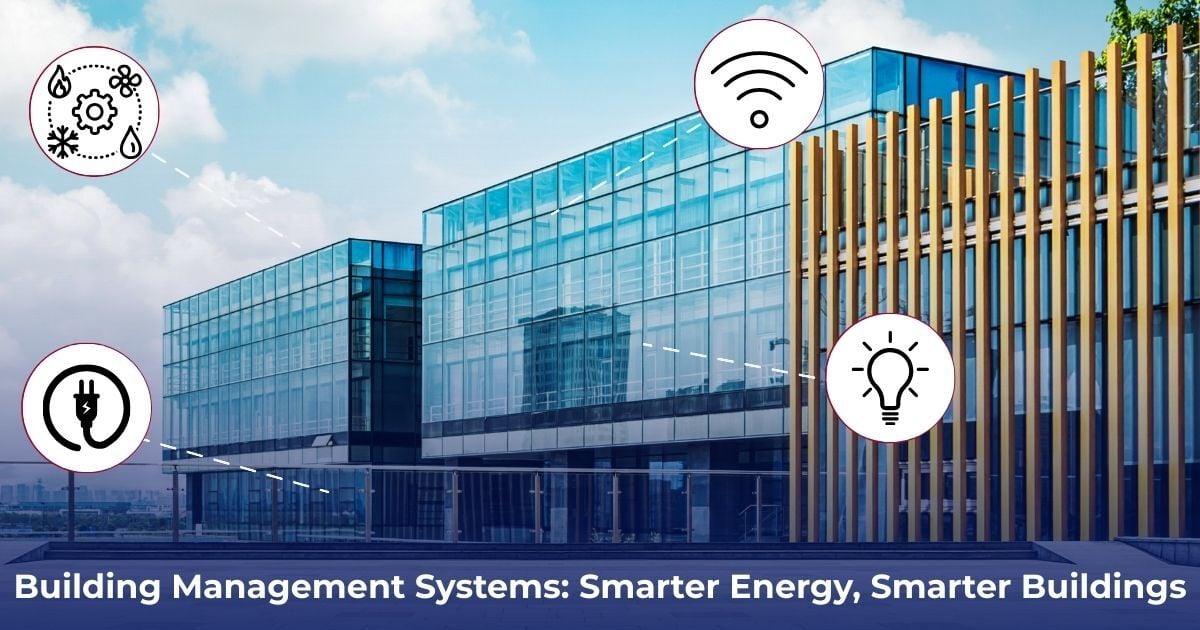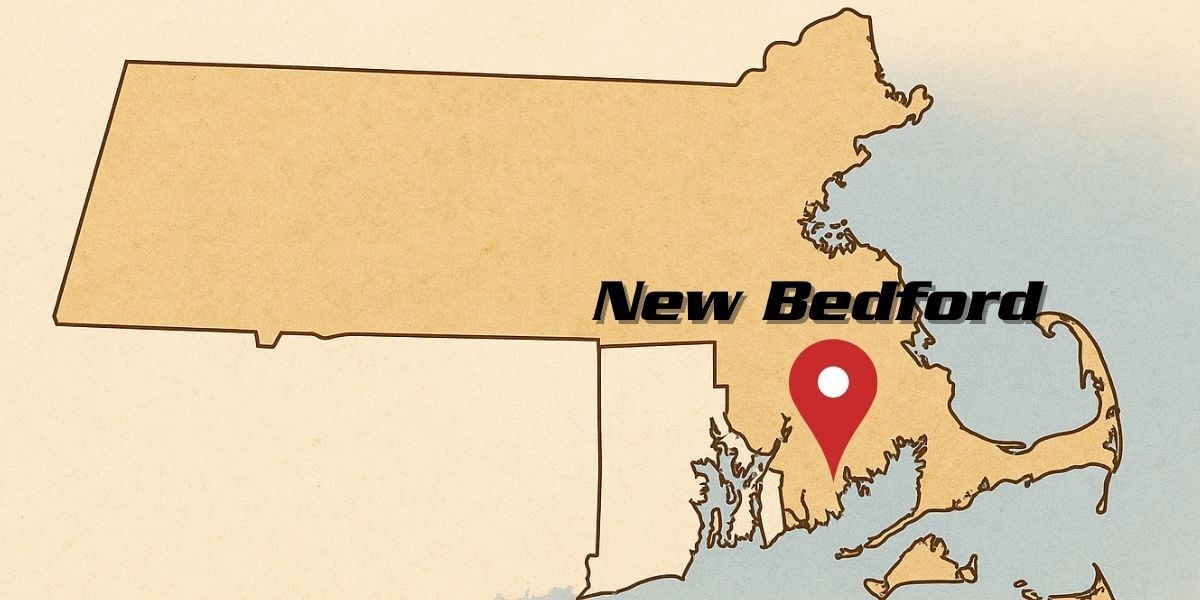
If you’ve ever sat near a window in your office and felt a chilly draft in January or a wave of heat in July, you know how uncomfortable it can be. Drafty windows make it harder to focus, drive up energy bills, and often spark a chorus of complaints from staff.
At Harold Brothers, we’ve seen it all: space heaters tucked under desks, cardboard taped along window frames, and even employees moving their desks to escape the draft. These quick fixes don’t solve the problem and can make energy costs even worse.
Today, we’ll explain what really causes those hot and cold drafts near windows, why they’re more than just a nuisance, and the steps you can take to stop them for good.
How Air Leaks Around Office Windows Affect HVAC Efficiency
A draft happens when there’s a pressure or temperature difference between the indoor and outdoor air. The air will always try to move from the high-pressure side to the low-pressure side.
- Winter drafts: Warm indoor air escapes and pulls cold outdoor air in.
- Summer drafts: Cool indoor air leaks out while hot, humid air sneaks inside.
Windows and their frames are often the weakest points in a building’s envelope, especially in older commercial buildings with original glass or poor insulation.
Common HVAC and Building Causes of Window Drafts in Commercial Offices
Drafty spots near windows aren’t just quirks of old buildings; they’re signs that something’s off with your building envelope or airflow. Before we dive into the details, it helps to understand how air behaves around windows and why these problem areas show up in the first place.
Aging or Single-Pane Windows
Older single-pane glass lets heat flow right through. Even if it looks fine, it has almost no insulating value compared to modern double- or triple-pane glass.
Worn Weather-Seals and Caulking
Over time, seals dry out, crack, or shrink. That creates small gaps that act like straws, letting outside air move in.
Poorly Installed or Shifted Frames
Buildings settle. Frames can warp or pull away from the wall, opening hidden gaps behind trim.
Stack Effect in Tall Buildings
Warm air rises and escapes at the top floors in winter, pulling cold air inward at the lower windows. Drafts aren’t always the window’s fault, the whole building’s airflow plays a part.
HVAC Airflow Imbalances
If supply vents blast air toward windows or return vents are too close to them, you can feel drafts even when the windows themselves are tight.
How Window Drafts Increase Energy Bills and Strain Your HVAC System
Drafts aren’t just uncomfortable, they can have a serious impact on your building’s efficiency and indoor environment. When air leaks occur, they can increase heating and cooling loads by 10–25%, forcing your HVAC system to work harder to maintain consistent temperatures.
Over time, this added strain wastes energy and drives up utility costs. Cold glass surfaces can also create condensation, which drips into window sills and seeps into drywall or flooring, leading to costly moisture damage. Beyond energy loss and repairs, leaky windows can compromise indoor air quality by allowing outdoor pollutants, pollen, and humid air to enter the building, raising the risk of mold and other health concerns.
Simple HVAC and Window Draft Checks You Can Do Today
Before you call in a professional, there are a few simple ways to tell if drafts are sneaking into your office. These quick checks can help you spot the problem areas and get a sense of how serious the issue might be. Try these easy tests to pinpoint where air might be leaking and how it’s affecting comfort in your space.
- Hold the back of your hand or a lit incense stick near window edges to feel or see moving air.
- Look for daylight around frames or peeling caulk.
- Check for rattling sashes or loose locks.
- Note if comfort complaints are worse on windy days—this signals outdoor infiltration.
These steps won’t fix the issue, but will help you understand the scope before you call for help.
Long-Term HVAC and Building Envelope Fixes for Office Drafts
Drafts
Once you’ve identified where drafts are coming from, the next step is finding lasting solutions. Temporary fixes can help for a while, but real comfort and efficiency come from addressing the root causes. Here are some effective long-term options that can improve your building’s performance, protect your investment, and make your space more comfortable year-round:
Upgrade Your Building Envelope to Reduce HVAC Energy Loss
Modern double- or triple-pane windows, insulated frames, and low-E coatings can dramatically cut heat transfer.
Seal Air Leaks with Professional Caulking and Weather-Stripping
Professionally applied weather-stripping and caulking often solve many small air leaks at a fraction of the cost of replacement.
Balance Your HVAC System to Eliminate Office Drafts
A mechanical contractor can test and adjust airflow so that vents aren’t creating unnecessary drafts near glass.
Use Insulating Window Films or Shades to Improve Energy Efficiency
Reflective or insulating films, blinds, and shades can reduce radiant heat gain and loss.
Schedule an Energy Audit or Blower Door Test for Draft Detection
This reveals exactly where air is escaping and helps prioritize fixes for the best payback.
New England HVAC and Building Envelope Challenges to Consider
New England’s older masonry and brick buildings often have thin walls and large window-to-wall ratios.
- Winter: Windchill makes infiltration worse.
- Summer: Humidity sneaks in around gaps, making offices feel muggy even with the AC on.
Utility rebates (like Mass Save’s building envelope incentives) can often help offset the cost of sealing or replacing windows.
Next Steps for Fixing Drafts and Improving HVAC Performance
Hot and cold drafts near windows aren’t just an annoyance; they’re usually signs of air leaks, insulation gaps, or HVAC imbalances that cost your business real money.
At Harold Brothers Mechanical Contractors, we’ve worked in commercial buildings across Massachusetts and Rhode Island to pinpoint these issues and coordinate the right envelope and mechanical fixes.
If you are serious about finding energy savings in your building, check out Conventional Rooftop vs. VRF Systems: Which Saves the Most Energy? on our blog. It’ll help you understand how different HVAC systems perform, and which might help eliminate those draft symptoms in your building
Harold Brothers is here to help facility managers make their buildings more efficient, more comfortable, and less costly to run, season after season.
Topics:








